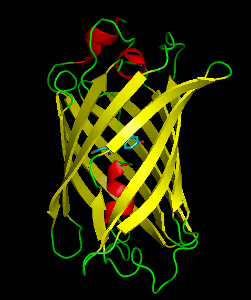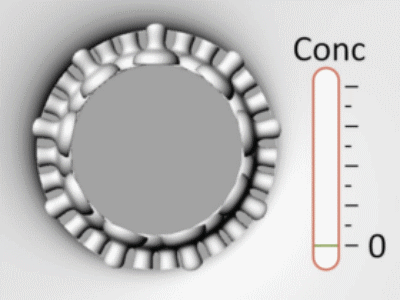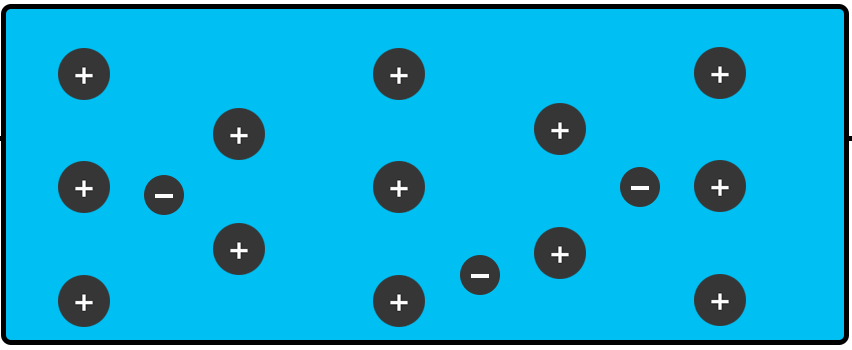_ Department of Nano Bioelectrical Laboratory (Nano Biosensors)
Research in the field of nano-tools (electrical nano-biosensors) is one of the latest scientific researches in the world
Researcher and author: Dr. ( Afshin Rashid)
Note: Using these sensors (nano biosensors) it is possible to identify very small amounts of chemical pollution or virus and bacteria in the agricultural and food system. Research in the field of nano-tools is one of the most up-to-date scientific researches in the world.
With the introduction of science and nanotechnology and the possibility of making electrodes on a very small scale, it became possible to make nanometer sensors. These sensors were named nanobiosensor (biological nanosensor) in terms of their nanometer size and their application in biological environments.

Bio -nanosensors are very small electrodes with nanometer size and cell dimensions, which have become sensitive to the detection of desired chemical or biological species in cells through the stabilization of certain enzymes on their surface . These sensors are used to detect and quantify species in biological systems. This technique is a very useful method in detecting the passage of some molecules through the cell wall or membrane. Different sciences such as biochemistry, biology, electronics, different branches of chemistry and physics are present in the design of a nanosensor. The main part of a chemical or biological sensor is its sensing element. The sensing element is in contact with a detector. This element is responsible for identifying and linking with the desired species in a complex sample. Then the detector converts the chemical signals produced as a result of the binding of the sensing element with the desired species into a measurable output signal.

Nano sensors are classified in different ways. One of these categories is based on the shape of nanoparticles and their application as follows:
A- Nano-structured materials: such as porous silicon, nanosensors made of these materials are used to identify chemical and biological reactions.
B- Nanoparticles: such as nanoscale spherical materials that are used as optical-biological, optical-chemical receptors and spatial image sensors . Such as nano silicon particles that are used as biosensors. Also, nanosensors can be divided into three categories based on their structure: quantum dots, carbon nanotubes, and nanotools.
Conclusion :
Using these sensors (nano biosensors) it is possible to identify very small amounts of chemical pollution or virus and bacteria in the agricultural and food system. Research in the field of nano-tools is one of the most up-to-date scientific researches in the world.
Researcher and author: Dr. ( Afshin Rashid)
Specialized doctorate in nano-microelectronics





